Dr. Pedro Pena
Alveolar ridge preservation on the aesthetic area. Simplified technique
21/05/16 14:00 – 15:30
The main objective of this lecture is to go through all the physiological changes which take place after an extraction, and how we can make an impact on those changes to preserve the architecture of the papilla and the soft tissue volume surrounding our implant supported restorations, in the best possible way.
Even though the literature shows that placing implants immediately after extractions is a viable alternative to the use of implants in healed areas, and that they can achieve the same survival rate, there is not a consensus on the protocols to be used when we are dealing with the aesthetic zone.
It is therefore of vital importance to know the indications and contraindications, as well as the aesthetic risk situations, to be able to overcome them, and also knowing when we should graft or not, or when we should place a provisional restoration and the type of restoration we should fabricate for the specific case.
The actual trend is to simplify the working protocols as much as possible, trying reduce the number of appointments to a minimum, as well as making the treatment costs as low as possible, and finally making the treatment as comfortable as possible for the patient .
During the lecture, the new implant designs with conical connections will be discussed, as well as the subcrestal positioning of the implant platform and the use of biological growth factors, together with the materials used for the provisional and final restorations.
A review of the most updated available literature and published articles will be made, with the aim of showing the most common protocols to be used when we are faced with treatments on the aesthetic zone.
Finally different clinical cases will be presented, showing the aforementioned techniques.


